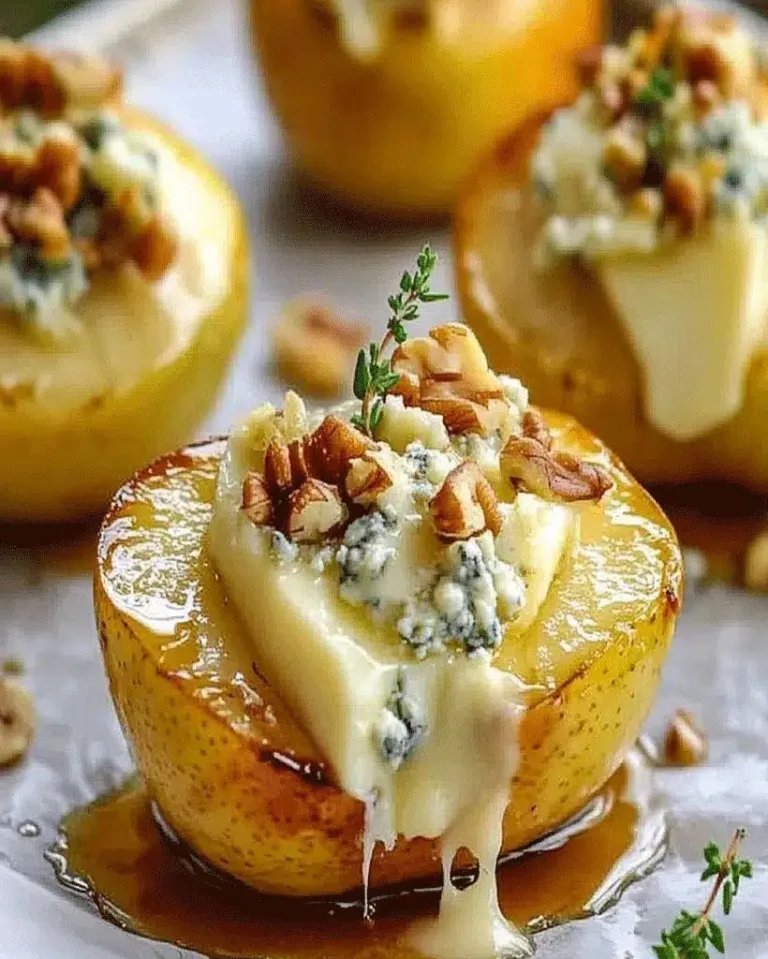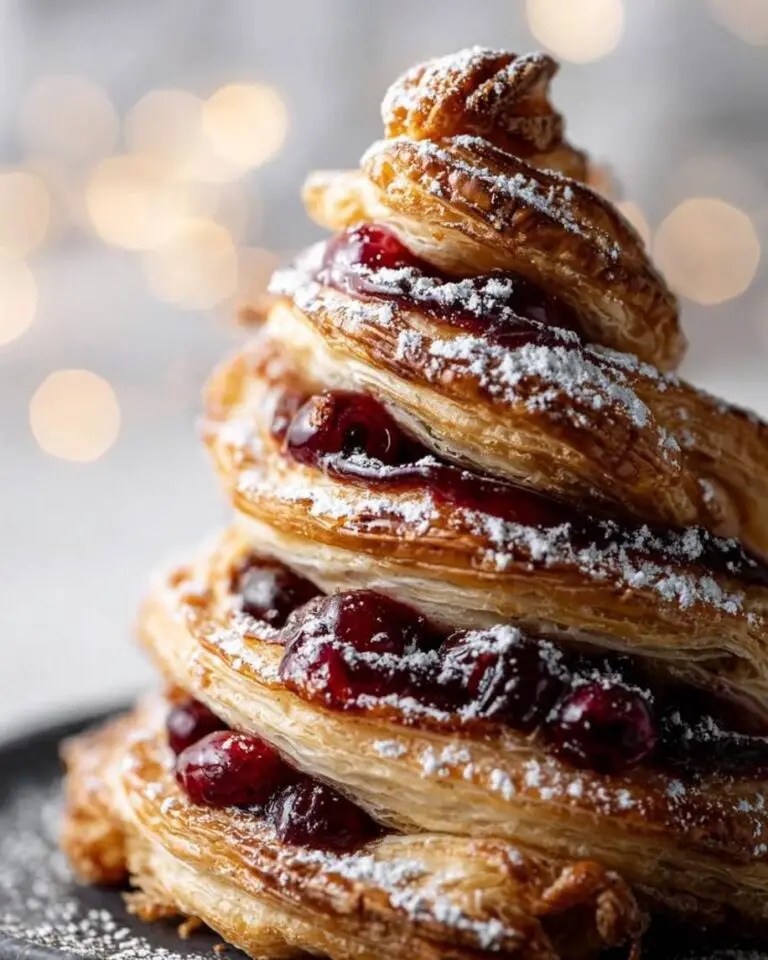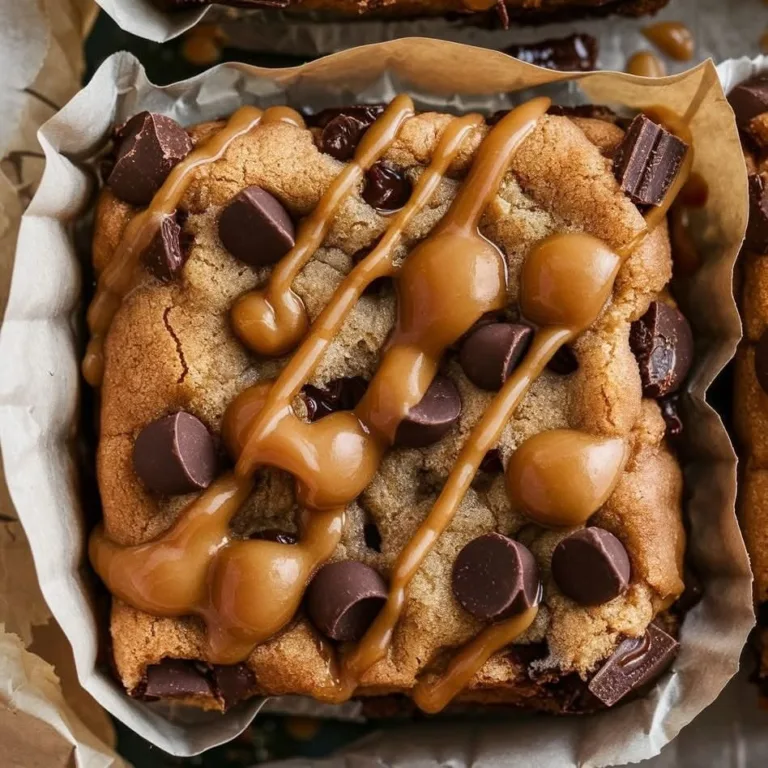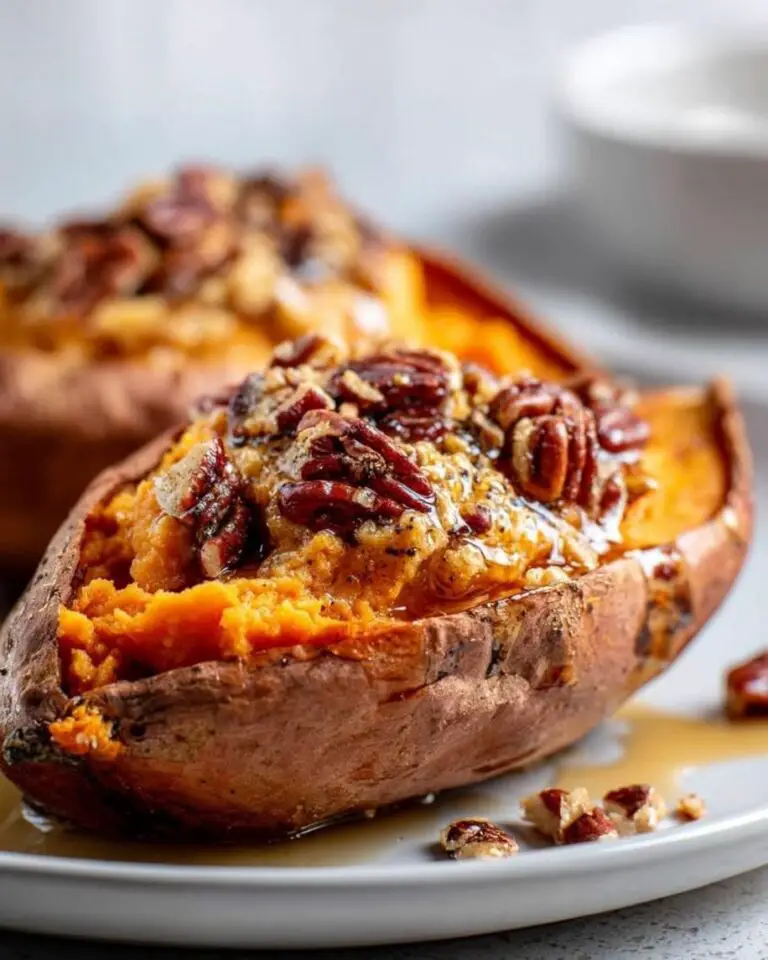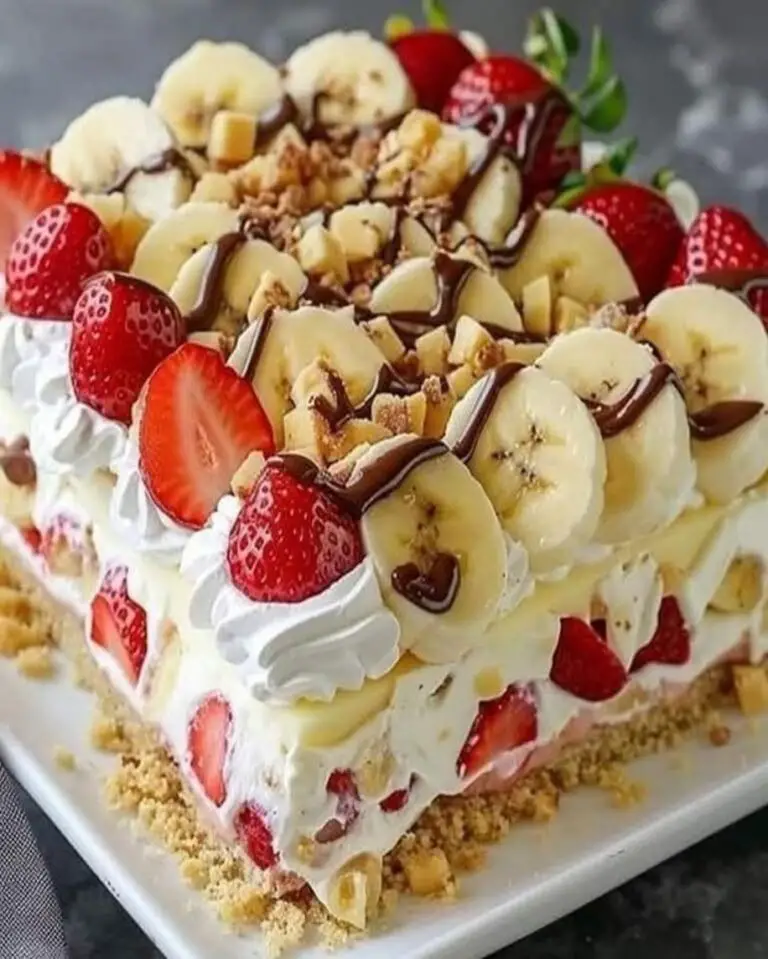Delicious Heart-Shaped Breadsticks Perfect for Valentine’s Day Celebrations
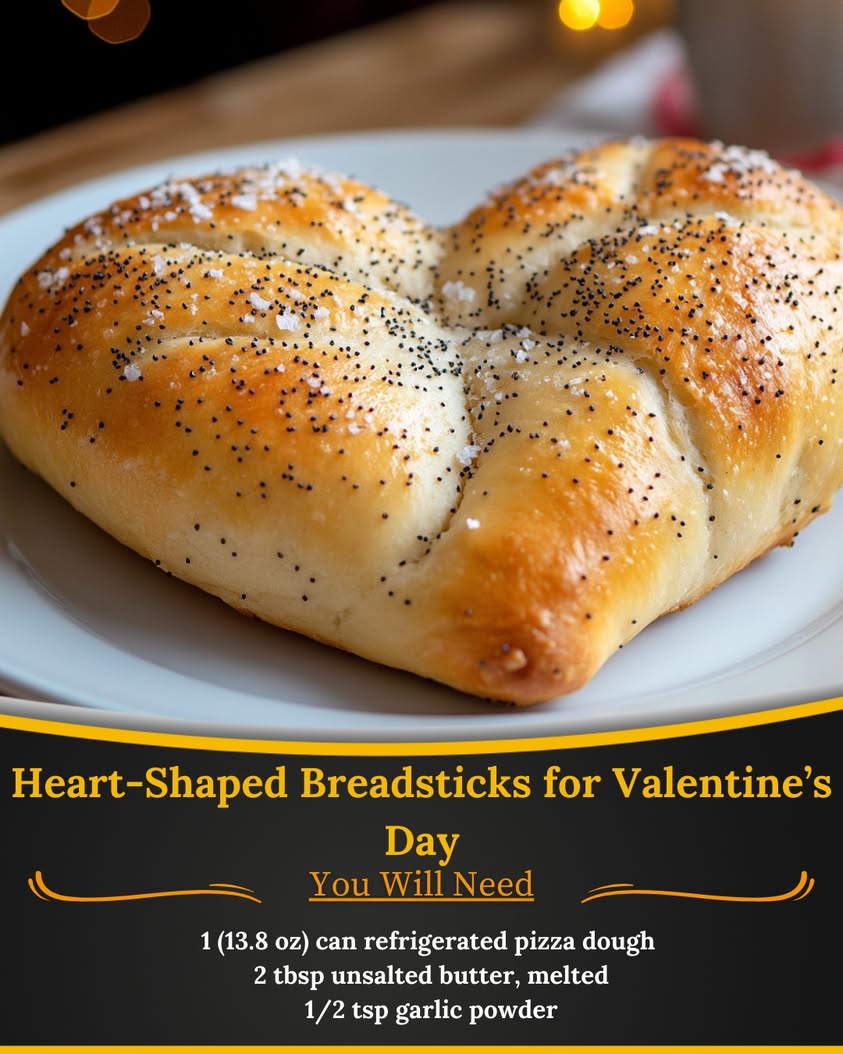
Heart-Shaped Breadsticks: A Romantic Treat for Valentine’s Day
This Valentine’s Day, impress your loved one with adorable heart-shaped breadsticks that are not only delicious but also visually captivating. These fluffy, freshly baked breadsticks are reminiscent of love and warmth, making them an ideal choice for a romantic dinner. Infused with garlic, herbs, and a touch of cheese, each bite bursts with savory goodness, ensuring a delightful experience for your taste buds. Serve them warm alongside your favorite dips, or incorporate them into a cozy dinner setting.
Heart-shaped breadsticks are not just a dish; they symbolize the love and effort that goes into preparing a heartfelt meal. The simple act of baking them together can create cherished memories, whether for a romantic date or a family gathering. The aroma of freshly baked bread wafting through your home can evoke feelings of comfort and joy, enhancing your Valentine’s celebration. This recipe will not only fill your kitchen with delightful scents but also your hearts with happiness.
Quick Recipe Highlights
- Flavor Profile: Savory garlic and herby flavors complement the rich, buttery taste of the bread.
- Texture: Soft and pillowy on the inside with a slightly crisp exterior.
- Aroma: Inviting scents of baking bread intertwined with garlic and herbs.
- Visual Appeal: Adorable heart shapes that add a romantic touch to your dinner table.
- Skill Level Needed: Perfect for beginners, this recipe requires basic bread-making skills.
- Special Equipment: A baking sheet and a heart-shaped cookie cutter to achieve the classic look.
Recipe Overview
- Difficulty Level: This easy recipe is suitable for all skill levels, making it perfect for family members wanting to share a cooking experience.
- Category: These heart-shaped breadsticks fall under appetizers, perfect for light bites during a romantic dinner.
- Cuisine: Rooted in Italian culinary tradition, these breadsticks provide a taste of authentic flavors.
- Cost: Economical in nature, the recipe can be made with basic pantry staples, costing around $5.
- Season: Ideal for winter and early spring gatherings, emphasizing warmth and togetherness.
- Occasion: Best served on Valentine’s Day, anniversaries, or during romantic dinners.
Why You’ll Love This Recipe
These heart-shaped breadsticks are not just visually appealing but are packed with flavor and texture that will keep you coming back for more. Each bite offers a combination of softness and a slight crunch from the outer crust, creating a delightful contrast. Dipped in marinara sauce or served with olive oil, these breadsticks elevate any meal, ensuring that your dining experience is both enjoyable and memorable.
Convenience is another appealing aspect of this recipe. With a preparation time of just 15 minutes, you can pour your love into these breadsticks without taking too much time away from your celebration. They are quick to bake, and the process is straightforward, allowing you to enjoy quality time with your loved ones rather than being stuck in the kitchen for hours.
Nutritionally, these light breadsticks can be a great addition to your meal. Made with simple ingredients like flour, yeast, and olive oil, they provide carbohydrates and can be easily paired with healthy dips or sides to balance your meal. Adding herbs ensures that these breadsticks have flavor without overload, making them a wholesome treat.
These breadsticks also add social value to your dining experience, serving as an ideal side dish for gatherings. Whether you’re hosting a dinner party or enjoying an intimate evening at home, sharing freshly baked breadsticks generates a warm and communal atmosphere, encouraging conversation and connection.
Lastly, heart-shaped breadsticks are incredibly cost-effective. Using pantry staples means that they can be whipped up without breaking the bank. This recipe emphasizes how love can be showcased through food without extravagant purchases—making it not only a thoughtful gesture but also a financially sensible one.
Historical Background and Cultural Significance
The origins of breadsticks date back to Northern Italy, where they were first created to accompany soups and stews. Over time, these simple sticks of bread evolved into various forms and flavors, but the heart-shaped twist signifies love and affection. This adaptation specifically for Valentine’s Day emphasizes how food can enhance romantic experiences.
In Italian culture, bread is a staple that brings families and friends together, sharing warmth and nurturing relationships. Crafting unique bread shapes, like hearts, enhances this tradition, making meals more memorable. It’s a reminder of the communal aspect of dining and the love that is poured into each handmade creation.
As the recipe has evolved, many regions have adapted breadsticks to their local flavors, integrating herbs, spices, and even cheeses. This flexibility highlights the creativity in cooking while maintaining the essential qualities that make breadsticks universally loved. The heart shape is a cherished addition that personalizes the experience.
Today, heart-shaped breadsticks are not limited to Valentine’s Day; they are used in various celebrations, from anniversaries to weddings, capturing the essence of love and connection. Their presence on the table can set a romantic mood, making any dinner feel special.
Ingredient Deep Dive
Flour: The foundation of any bread recipe, flour’s history dates back thousands of years, serving as a staple in diets across cultures. Nutritionally, it provides carbohydrates for energy. When choosing flour, opt for all-purpose or bread flour for the best texture. Store in a cool, dark place to maintain freshness, and consider gluten-free alternatives if needed.
Yeast: This living organism is crucial for fermentation, turning sugars into carbon dioxide and alcohol, which helps bread rise. Yeast is often seen as a symbol of growth and transformation. Selecting active dry yeast can work wonders; ensure it’s stored in a cool space. If you run out, baking soda and vinegar can serve as substitutes for a quick rise.
Common Mistakes to Avoid
- Not activating yeast correctly – Always proof yeast with warm water to ensure it bubbles; this signifies it’s ready.
- Over-kneading the dough – Knead just enough for elasticity; overdoing it can make the bread dense.
- Skipping the rise time – Allow dough to rise fully for that perfect fluffy texture; impatience can lead to flat breadsticks.
- Poor measuring techniques – Use measuring cups and spoons specifically for dry versus liquid ingredients to maintain accuracy.
- Skipping the oil – Olive oil retains moisture; omitting it may lead to dry breadsticks.
- Incorrect oven temperature – Always preheat your oven; an unheated oven can affect the rising and browning.
- Not letting breadsticks cool – Allowing them to cool slightly after baking prevents sogginess.
- Rushing the process – Baking is an art; take your time with each step for the best results.
Essential Techniques
Kneading: This technique is vital for developing gluten, giving bread its structure. To master kneading, use the heel of your hand to push the dough away from you, fold it back, and repeat. Look for a smooth, elastic texture; if the dough tears easily, continue kneading. Avoid over-kneading, which can make the bread tough.
Proofing: Allowing the dough to rise helps develop its flavor and texture. Place it in a warm spot and cover it with a damp cloth. Look for the dough to double in size—a sign that the yeast is working. Insufficient proofing can lead to dense breadsticks.
Pro Tips for Perfect Heart-Shaped Breadsticks
1. Use fresh ingredients. Fresh yeast and flour can significantly improve the rise and flavor of your breadsticks.
2. Experiment with herbs. Enhance flavor by mixing in dried herbs like oregano or rosemary into the dough.
3. Brush with melted butter. A light brushing before baking can add richness and a lovely golden color.
4. Try cheese! Add grated cheese to the dough or sprinkle on top for a cheesy twist.
5. Use a pizza cutter. For perfectly shaped breadsticks, a pizza cutter can easily slice the dough.
6. Serve warm. Enjoying them fresh out of the oven enhances their texture and taste.
7. Pair with sauce. Serve alongside marinara or garlic butter for extra flavor.
8. Experiment with shapes. If you’re feeling creative, try different festive shapes to celebrate other occasions.
Variations and Adaptations
Heart-shaped breadsticks can take on many variations to suit different tastes. For a spicy kick, add crushed red pepper or chili flakes to the dough. Seasonal adaptations can include festive toppings like pumpkin spice or holiday-themed spices like nutmeg during fall.
For those with dietary preferences, making them gluten-free is achievable by using alternative flours like almond or coconut flour with appropriate binders like xanthan gum. Vegan options can replace butter with plant-based substitutes while retaining the recipe’s original integrity.
Flavors can be modified as well; consider incorporating herbs like basil or dill to give a Mediterranean spin to the breadsticks. Experimenting with dips, such as pesto or tzatziki, can change the entire experience, presenting your creations in innovative ways.
Additionally, use whole grains for a more nutritious option, adjusting the liquid content accordingly, and ensure they remain light and fluffy. The beauty of this recipe lies in its versatility, allowing everyone to participate and enjoy their unique version.
Serving and Presentation Guide
When serving your heart-shaped breadsticks, consider using a decorative platter to enhance their visual appeal. Lay them down in a fan shape or stack them to create an eye-catching centerpiece.
You might also include garnishes, such as sprigs of parsley or a sprinkle of grated cheese, to elevate the presentation. Traditional accompaniments can include pesto or olive oil for dipping, while modern serving suggestions extend to flavored butters or artisan dips tailored to your meal.
Temperature considerations are essential; these breadsticks taste best warm, so serve them immediately after baking. For portion control, consider presenting them in small groups on individual plates, allowing guests to take exactly what they want without waste.
Wine and Beverage Pairing
Pairing wines with heart-shaped breadsticks can complement their savory flavors beautifully. A light white wine, such as a Sauvignon Blanc, enhances the garlic and herb notes, while a smooth Pinot Noir adds a subtle complexity. For a sparkling option, Prosecco can uplift the meal’s overall experience.
If looking for non-alcoholic alternatives, consider serving sparkling water with slices of lemon or lime, which would cleanse the palate perfectly. Additionally, herbal teas, like chamomile or mint, can also pair well and provide a relaxing touch during a romantic dinner.
For coffee lovers, consider small cups of espresso as a robust way to end the meal, especially if accompanied by a side of buttered breadsticks. Ensuring the flavors balance across beverages can enhance the dinner experience significantly.
Storage and Shelf Life
Heart-shaped breadsticks can be stored in an airtight container at room temperature for up to 3 days. If you’d like to prolong their freshness, consider refrigeration, although this may cause them to lose some texture.
Freezing is another excellent option; place cooled breadsticks in freezer-safe bags or containers for up to 2 months. When ready to enjoy, reheat them in an oven or microwave for a quick treat. Look out for signs of spoilage, such as an off smell or mold, which indicate that it’s time to discard them.
Make Ahead Strategies
To ease your prep on the big day, consider making the dough ahead of time. You can prepare it the night before and let it rise in the refrigerator. This strategy not only saves time but enhances flavors as the dough develops overnight.
Additionally, shape the breadsticks earlier in the day and keep them covered in a warm spot until ready to bake. This method allows for flexibility, letting you serve freshly baked breadsticks even when under time constraints.
Reheating guidelines suggest that you wrap breadsticks in foil and warm them in the oven just before serving. This way, they retain moisture and don’t dry out, making a significant impact on their final presentation and taste.
Scaling Instructions
If you’re expecting a large gathering, scaling your heart-shaped breadsticks is straightforward. Doubling the ingredients allows you to maintain the same ratios and ensure consistent results. Always use a large enough mixing bowl to accommodate the increased dough.
For smaller portions, simply halve the recipe while keeping in mind the same cooking methods. Equipment adjustments may include using smaller baking sheets for fewer servings to save on space in the oven. Timing modifications should also be noted; check for doneness a few minutes earlier if reducing the batch size.
Nutritional Deep Dive
This heart-shaped breadstick recipe includes a macro breakdown of carbohydrates and minimal fat, making it a suitable addition to a balanced meal. Each breadstick provides energy but can be modified to suit different nutritional needs by tweaking ingredient quantities.
Micronutrient analysis shows that adding herbs can enhance the overall nutritional value, bringing in vitamins and antioxidants. Emphasizing whole grains can contribute fiber, helping to promote digestive health. This flexibility ensures heart-shaped breadsticks can fit well into various dietary considerations while remaining delicious.
Dietary Adaptations
For those following gluten-free diets, adapting this recipe is easily achieved by replacing regular flour with gluten-free alternatives such as almond flour or a store-bought gluten-free blend.
Vegans can simply substitute butter with olive oil or a plant-based butter alternative, ensuring the recipe remains dairy-free while providing necessary fats for flavor.
Low-carb and keto variations can utilize almond flour blended with psyllium husk to achieve a bread-like texture, perfect for satisfying carb cravings without the extra sugars.
Other dietary modifications can also expand the recipe; considering ingredient swaps for dairy-free cheese or low-FODMAP variations can ensure everyone at your table finds a version to enjoy.
Troubleshooting Guide
Texture issues can arise when the dough is under-kneaded, resulting in a chewy texture rather than a soft, fluffy bite. Ensure you knead the dough until elastic and smooth for the best outcome.
If flavor balance appears off, consider adjusting salt or seasoning levels before baking; adding extra herbs or cheese can enhance the overall taste and result in a more satisfying bite.
Temperature problems may occur if the oven is too hot or too cool. Always use an oven thermometer to ensure correct temperature settings, crucial for baking these delightful breadsticks.
For equipment challenges, if you lack a cookie cutter, a small glass or jar can effectively create heart shapes without compromising the recipe.
If improvising with timing, be prepared to adjust baking time; smaller or larger breadsticks may require ignoring the original instructions, so embrace the visual cues and golden color indicators.
Recipe Success Stories
Community feedback on these heart-shaped breadsticks has been overwhelmingly positive, with many adapting the flavors to their unique preferences. One reader shared their success with adding jalapeños for a spicy kick, while another beautifully decorated them with seeds for added crunch.
Variation successes have also inspired others to explore fresh herbs or cheeses for unique flavor combinations. One couple celebrated their engagement with a lovely batch of these breadsticks, illustrating their versatility at special occasions.
Many readers conveyed that these breadsticks were a hit with kids, who loved the fun shape and helped with the making process. It’s heartwarming to see families bonding over baking, creating lasting memories in the kitchen.
Photography tips shared by readers suggest using natural light for the best shots of the finished product, ensuring the breadsticks look as appealing as they taste when featured on social media.
Frequently Asked Questions
Q1: Can I prepare the dough a day in advance? Yes, you can prepare the dough a day in advance and refrigerate it. Allow it to come to room temperature before shaping and baking.
Q2: What can I use if I don’t have a heart-shaped cookie cutter? You can shape the breadsticks by hand or use any similar-shaped object, such as the rim of a glass, to create your desired shape.
Q3: Can I freeze the breadsticks after baking? Freezing is recommended after cooling. Flash freeze them on a baking sheet first, then transfer to an airtight container.
Q4: How can I make these breadsticks more flavorful? You can experiment with mixing in different herbs and spices into the dough or brushing the breadsticks with garlic butter before baking.
Q5: Are there gluten-free options available for this recipe? Yes, you can use gluten-free flour or almond flour for a gluten-free version of these heart-shaped breadsticks.
Q6: Do these breadsticks require special storage? It is best to store the breadsticks in an airtight container at room temperature, but refrigerating can extend their freshness.
Q7: How long does it take for the breadsticks to bake? Bake the breadsticks for about 10-12 minutes, or until they are golden brown and baked through.
Q8: Can I use whole wheat flour instead? Yes, you can substitute half of the all-purpose flour with whole wheat flour for a more nutritious option.
Q9: What’s the best way to reheat leftovers? Reheat in the oven wrapped in foil at a low temperature to keep them from drying out.
Q10: How do I know when my breadsticks are done? Look for a golden-brown color and tap the bottom lightly; it should sound hollow when done.
Additional Resources
If you enjoyed making heart-shaped breadsticks, explore our other beloved recipes such as cheesy garlic knots or herbed focaccia. These recipes provide a delightful array of options to accompany your meals or serve at gatherings.
For more helpful technique guides, consider checking out insights into bread-making essentials, including proofing dough and kneading techniques, to elevate your culinary skills.
Ingredient information can also enhance your understanding of the key components of baking. Knowing the differences in flour types, yeast handling, and herb selections can broaden your cooking repertoire.
Equipment recommendations can help ensure you have the right tools for any baking endeavor, enhancing your experience and making cooking feel effortless.
Join the Conversation
Share your experience making heart-shaped breadsticks on social media and use our dedicated hashtag! We love seeing your creative spins and mouthwatering photos. Engaging with fellow cooks and bakers can provide encouragement and inspiration for all future cooking adventures.
Your feedback matters—leave your comments and suggestions below the recipe. Help us build a community of passionate cooks who are eager to share their recipes, adaptations, and cooking tips.
The Recipe
Heart-Shaped Breadsticks
Serves: 12 Breadsticks
Prep Time: 15 mins
Cook Time: 10 mins
Total Time: 25 mins
Kitchen Equipment Needed
- Mixing bowl
- Baking sheet
- Heart-shaped cookie cutter
- Rolling pin
Ingredients
- 2 cups all-purpose flour
- 1 packet active dry yeast (about 2 1/4 tsp)
- 1/2 cup warm water
- 1 tsp sugar
- 1 tsp salt
- 1/4 cup olive oil
- 1 tsp garlic powder
- 1/2 cup grated parmesan cheese (optional)
Directions
- In a small bowl, combine warm water, sugar, and yeast. Let it sit for about 5-10 minutes until frothy.
- In a larger mixing bowl, combine flour, salt, and garlic powder. Gradually add the yeast mixture and olive oil.
- Knead the dough on a floured surface until smooth and elastic, roughly 5-7 minutes.
- Place the dough in a greased bowl, cover, and let it rise in a warm area for about 30 minutes or until doubled in size.
- Preheat your oven to 400°F (200°C). Roll out the dough on a floured surface and cut out heart shapes with a cookie cutter.
- Place the shaped dough on a baking sheet and let it rise for an additional 10-15 minutes.
- Bake for 10-12 minutes or until golden brown. Brush with melted butter if desired.
- Serve warm and enjoy!
Recipe Notes
- Feel free to experiment with flavors by adding herbs or cheese into the dough.
- Leftover breadsticks can be stored in an airtight container for up to 3 days.
- Baking times may vary; check for golden color for doneness.


